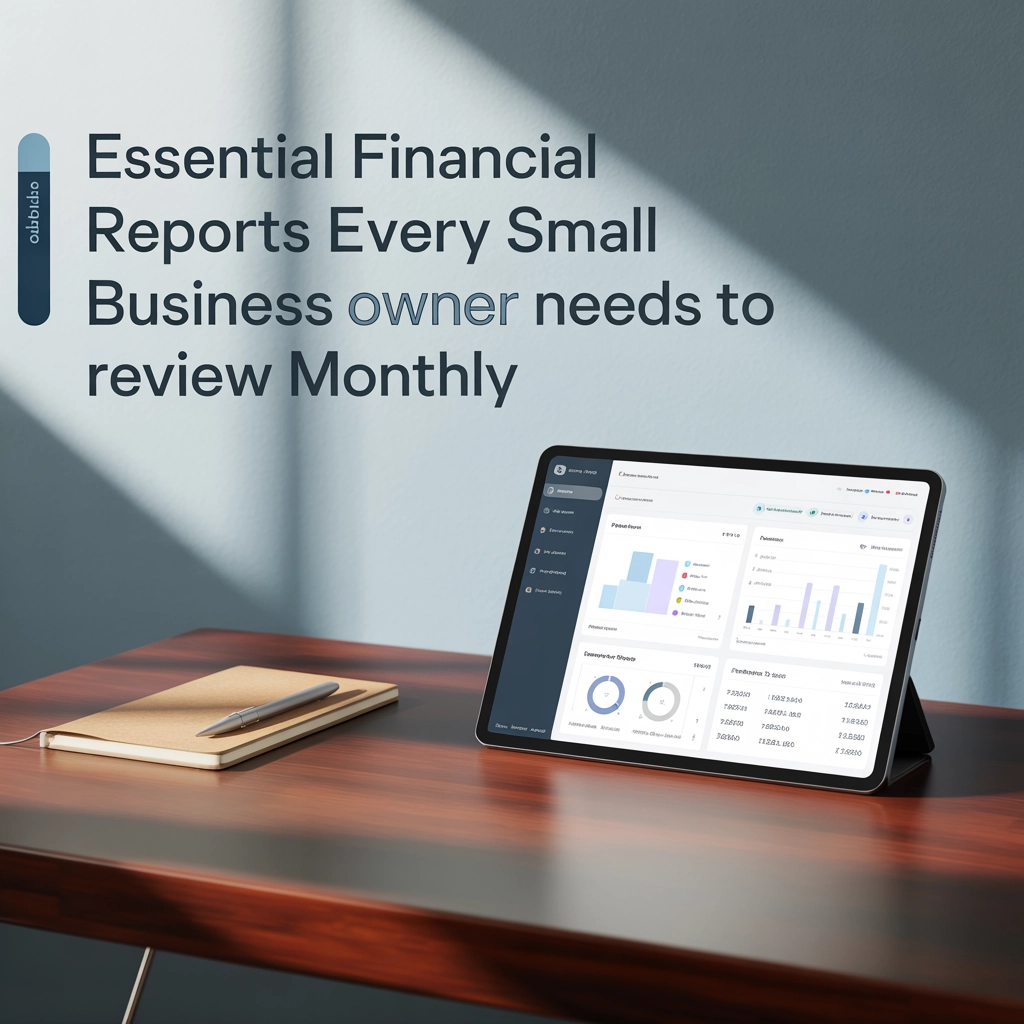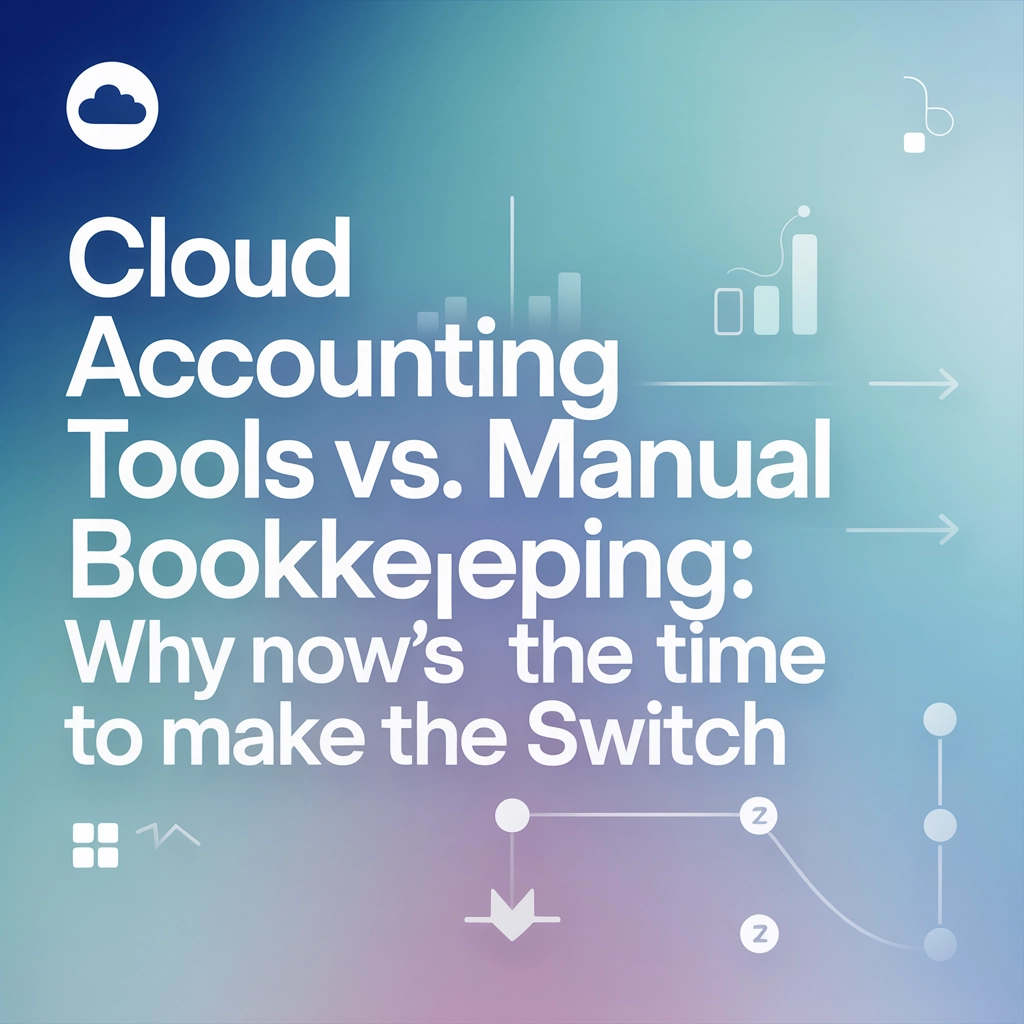top of page
NEWS & UPDATES
Search


Essential Financial Reports Every Small Business Owner Needs to Review Monthly
Running a small business means wearing a lot of hats—and one of the most important is keeping tabs on your finances every single month....
Susan Hagen
Aug 264 min read


How Do the 2025 Tax Law Changes Affect Your Small Business? A Plain-English Guide
The 2025 Tax Law: What’s New for Small Businesses? The tax landscape is always changing, and this year, 2025, brings some of the most...
Susan Hagen
Aug 215 min read


Cloud Accounting Tools vs. Manual Bookkeeping: Why Now’s the Time to Make the Switch
The way small businesses handle finances is evolving at record speed. In just the last few years, cloud accounting has gone from “nice to...
Susan Hagen
Aug 195 min read
bottom of page
.png)